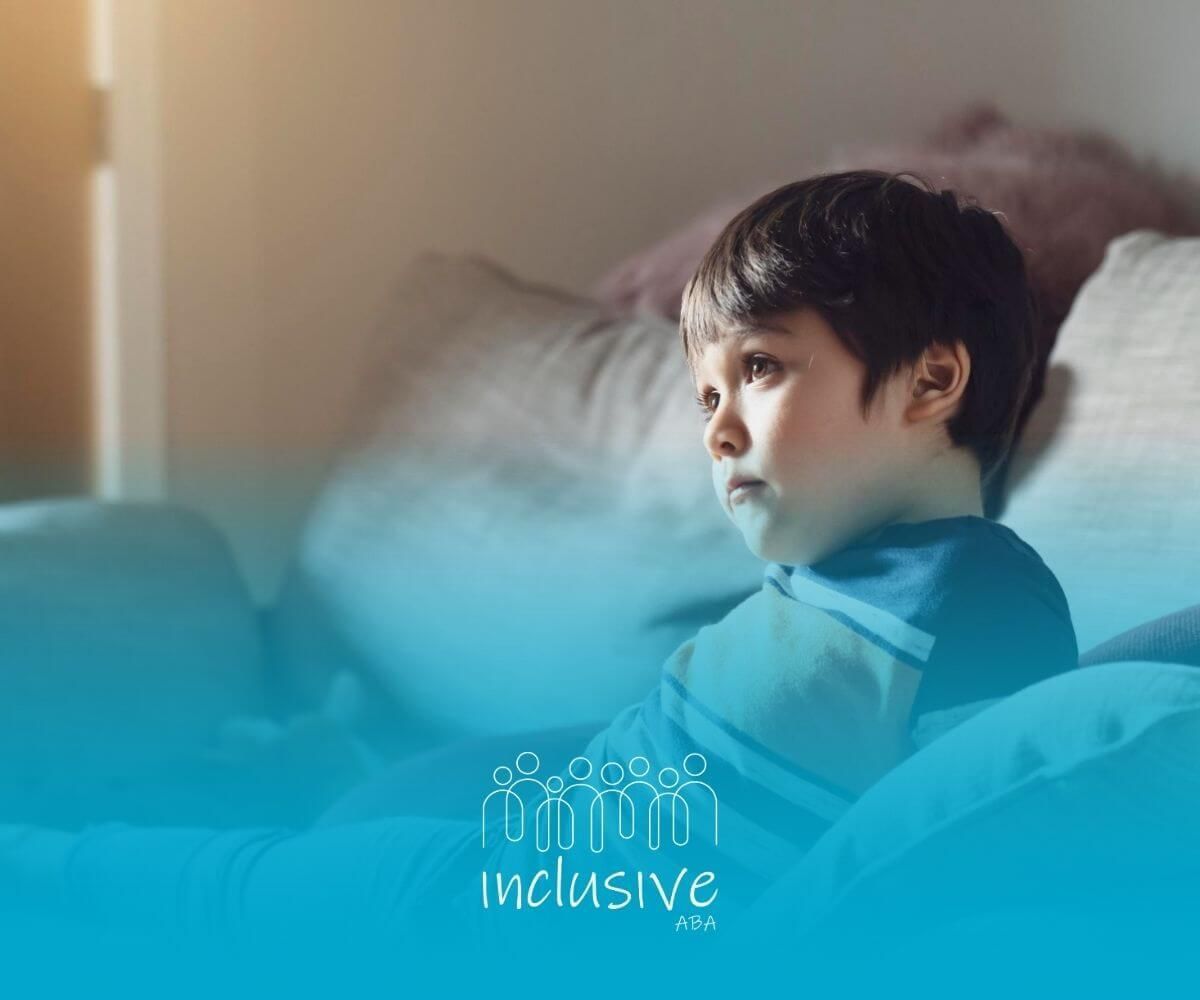Facing Challenges in ABA Therapy? Here's How to Break Through Them
Applied Behavior Analysis (ABA) is widely recognized as an effective therapy for children with autism spectrum disorder (ASD). It’s a powerful tool designed to enhance behavior, communication, and social skills. But, as any experienced ABA therapist will tell you, challenges do arise during therapy sessions and at home.
I’ve seen this first-hand working with countless families. For example, one parent I worked with was initially discouraged when their child showed resistance to participating in therapy sessions. However, by adapting the approach and using personalized reinforcement strategies, we gradually saw positive changes.
That’s why I believe understanding and preparing for common challenges in ABA therapy is essential. It helps families and therapists work together toward success.
In this blog, we’ll discuss common obstacles in ABA therapy and explore practical strategies to overcome them. Let’s dive in!
Common Challenges in ABA Therapy
ABA therapy is proven to help with improving daily living and social skills, but the road to progress is not always smooth. There are various obstacles that can come up during therapy.
These challenges can include resistance to participating in therapy sessions, communication barriers, and behavioral escalations. The good news is that these issues can be addressed.
Resistance to Participation
One of the most common challenges I’ve encountered in ABA therapy is resistance from children when they’re first introduced to the structure of the sessions. It can look like tantrums, avoidance, or even meltdowns. This resistance is particularly strong when therapy introduces new activities or changes their daily routine.
For example, I once worked with a child who struggled to sit for even five minutes at the start of therapy. It was clear that the change in environment, combined with the structured nature of ABA, was overwhelming for them.
But after using positive reinforcement—rewarding small steps of engagement like sitting quietly or even looking at a task—we gradually increased the duration of participation.
According to Dr. Catherine Lord, a leading autism researcher, “Consistent use of positive reinforcement helps build trust and reduces anxiety in children with autism.”
Starting with small, manageable steps, like short therapy sessions and offering rewards, can be an excellent way to get children on board with the process. Over time, the child becomes more comfortable, and participation increases.
Communication Barriers
Another hurdle often faced in ABA therapy is communication difficulties. Many children with autism experience challenges with both verbal and non-verbal communication.
Without effective communication, therapy sessions can become frustrating for both the child and the therapist. I’ve worked with non-verbal children who initially struggled to convey their needs, making it hard to move forward in therapy.
One of my clients, who was non-verbal, had trouble communicating his wants, which led to frustration during sessions. We introduced a Picture Exchange Communication System (PECS), which allowed him to exchange pictures for things he wanted. Over time, this system helped reduce his frustration and improved his ability to participate in sessions.
According to the Autism Society, “Using visual supports like PECS or sign language can significantly enhance communication in children with autism, leading to fewer behavioral issues and better engagement in therapy.”
The key here is personalization—adapting the therapy approach to each child’s unique communication style. Using tools like visual cues, role-playing, and consistent reinforcement can help bridge the communication gap and allow children to express themselves more effectively.
Strategies for Overcoming ABA Therapy Obstacles
Overcoming challenges in ABA therapy requires careful planning, teamwork, and flexibility. As a behavior analyst, I always work closely with families to develop an individualized treatment plan that suits their child’s needs.
The strategies outlined below can help address common ABA challenges.
Building Motivation and Engagement
One of the most important strategies in ABA therapy is to keep the child engaged. Motivation is key to making progress, and without it, therapy can feel like a struggle. So how do you keep children interested?
From my experience, using positive reinforcement is one of the most effective tools. When children are rewarded for participating, even in small ways, it boosts their confidence and encourages them to continue. For example, using favorite toys or activities as rewards for completing tasks can make the process more enjoyable.
Offering choices is another excellent way to engage children. Allowing them to choose between two activities can give them a sense of control, making them more likely to stay engaged.
I once worked with a child who loved cars, so we integrated his interest into therapy by using toy cars as part of the tasks. This kept him motivated and excited for each session.
Adapting Techniques to Individual Needs
Every child is different, and their therapy sessions should reflect that. Some children respond well to structured methods like Discrete Trial Training (DTT), while others benefit from more naturalistic approaches, such as Natural Environment Teaching (NET).
For instance, I had a child who struggled with traditional DTT because the structure felt too rigid for him. By using NET, we were able to integrate learning into his everyday activities. This made the process feel more natural, and his progress accelerated.
Behavior analysts must be adaptable and frequently assess the child’s progress. If one technique isn’t working, it’s important to try a different approach. Flexibility is key to ensuring the child stays engaged and continues to make progress.
The Role of Family and Caregivers in ABA Success
In my years of working with families, I’ve learned that the involvement of caregivers is crucial to the success of ABA therapy. ABA doesn’t just happen during therapy sessions—it extends into daily life. When parents and caregivers maintain consistency at home, it reinforces the lessons learned during therapy.
For example, I had a family who struggled with their child’s meltdowns. However, when they started using the same calming techniques we practiced during therapy at home, they saw a reduction in the frequency and intensity of the meltdowns. This consistency made a huge difference and helped the child succeed in therapy.
Collaborating with caregivers, sharing observations, and maintaining communication logs all contribute to successful therapy outcomes. By working as a team, both therapists and families can create a supportive environment that leads to lasting progress.
Conclusion: Patience and Consistency Lead to Success
Navigating the challenges of ABA therapy may seem daunting at times, but with patience, consistency, and the right strategies, success is within reach. Overcoming obstacles like resistance and communication difficulties takes time and flexibility, but the positive outcomes are well worth the effort.
As a therapist, I’ve seen countless children thrive when their families remain consistent and involved in the process. The key is to adapt techniques to suit the child’s individual needs, celebrate small victories, and maintain open communication between caregivers and therapists. With these elements in place, children with autism can achieve meaningful progress.
If you're ready to support your child in overcoming ABA therapy challenges, Inclusive ABA is here to help. We offer personalized ABA therapy services across Nevada, Nebraska, Colorado, Utah, Iowa, and Ohio.
Our team of certified behavior analysts is dedicated to working closely with your family to ensure your child’s success, whether it’s in therapy or in everyday life. Reach out today to learn how our expert services can make a difference in your child’s development.
Frequently Asked Questions
How long does it take to see progress with ABA therapy?
Progress varies from child to child, depending on factors such as age, therapy frequency, and the specific challenges they face. Some children show improvements within a few months, while others may need more time. Early intervention can speed up progress, but every child’s journey is unique.
What should I do if my child refuses to participate in sessions?
If your child resists participating, start with shorter sessions and gradually build up. Use positive reinforcement to reward small steps of engagement. Involve your child’s favorite activities or items to create a more relaxed atmosphere. Working closely with an ABA therapist can also help tailor the approach to your child’s needs.
Can ABA therapy be used in school or community settings?
Yes! ABA therapy is effective not just in therapy settings but also in schools and community environments. With the right support, children can apply the skills they learn in therapy to real-life situations, improving their social and behavioral skills in various settings.
Sources:
- https://my.clevelandclinic.org/health/treatments/25197-applied-behavior-analysis
- https://www.autismspeaks.org/applied-behavior-analysis
- https://childmind.org/article/controversy-around-applied-behavior-analysis/
- https://online.regiscollege.edu/blog/task-analysis/
- https://online.regiscollege.edu/blog/behavioral-parent-training/
- https://autismspectrumnews.org/breaking-down-the-barriers-of-social-communication-for-young-adults/
- https://tipps.extension.msstate.edu/sites/default/files/2022-06/Challenging%20Behaviors%20Toolkit.pdf
Looking for Expert Help? We're Here for You!
Our compassionate and skilled team is devoted to enhancing your child's development through customized ABA therapy. Let us partner with you to create a supportive environment for your child's success.
Discover how we can help your family thrive with expert ABA therapy.
Related Posts







